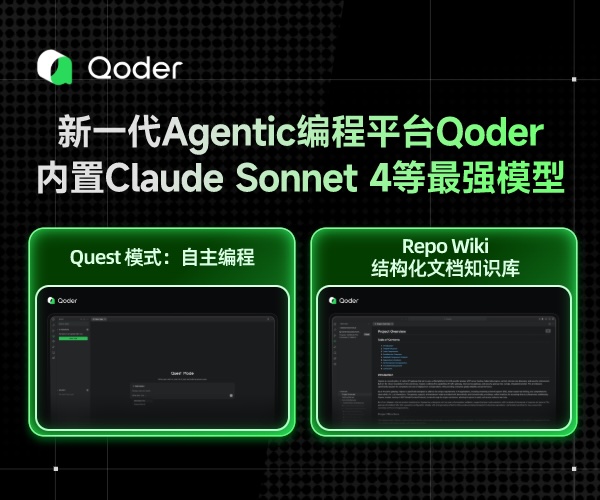#include <stdio.h>
#include <stdlib.h>
#include <time.h>
#include <string>
typedef int ElemType;
typedef struct {
ElemType *elem; //存储元素的起始地址
int TableLen; //元素个数
}SSTable;
void ST_Init(SSTable &ST,int len)
{
ST.TableLen=len;
ST.elem=(ElemType *) malloc(sizeof (ElemType)*ST.TableLen); //申请一块空间,当数组来使用
int i;
srand(time(NULL));//随机数生成,每一次执行代码就会得到随机的10个元素
for (int i = 0; i < ST.TableLen; i++) {
ST.elem[i]=rand()%100; //生成的是0-99之间
}
}
//打印数组中的元素
void ST_print(SSTable ST)
{
for (int i = 0; i < ST.TableLen; i++) {
printf("%3d",ST.elem[i]);
}
printf("\n");
}
void swap(int &a,int &b)
{
int temp;
temp=a;
a=b;
b=temp;
}
//往往都是使用两层循环
//优先去写内层循环,再写外层循环
void BubbleSort(ElemType *A,int n)
{
int i,j;
int flag;
for (int i = 0; i < n-1 ; ++i) {
flag = false; //元素是否发生交换的标识
//外层循环控制有序数的数目
for (int j = n-1; j > i; j--) {
//内层控制比较和交换
if (A[j-1]>A[j])
{
swap(A[j-1],A[j]);
flag=true;
}
}
if (false==flag) //如果一趟比较没有发生任何交换,说明有序,提前结束排序
return;
}
}
int main() {
SSTable ST;
ST_Init(ST,20);
//ElemType A[10]={64,94,95,79,69,84,18,22,12,78};
//内存copy接口,当copy整型数组,或者浮点型时,要用memcpy,不能用strcpy,初试考memcpy概率很低
//memcpy(ST.elem,A,sizeof (A));//这是为了降低调试难度,每次数组数据固定而设计的
ST_print(ST); //随机后的结果打印
BubbleSort(ST.elem,20);
ST_print(ST);//排序后再次打印
return 0;
}



 浙公网安备 33010602011771号
浙公网安备 33010602011771号